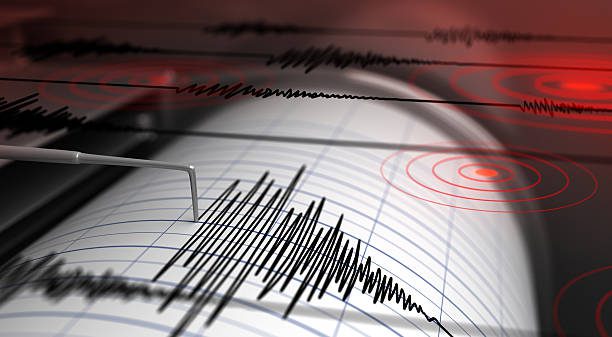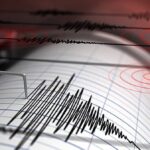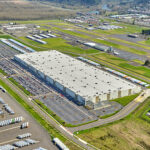PORTLAND, Ore. — Two moderate earthquakes struck off the Oregon coast early Wednesday morning, prompting brief tsunami checks but causing no reported damage or coastal alerts, according to the U.S. Geological Survey (USGS) and the National Tsunami Warning Center (NTWC).
The larger quake, a magnitude 5.4, occurred at approximately 7:00 a.m. PDT (14:00 UTC) about 10 kilometers deep, west of Oregon’s central shoreline within the Cascadia offshore zone, an area known for frequent moderate seismic activity. The USGS placed the quake’s epicenter near 44.49°N, 129.54°W.
Roughly 18 minutes earlier, a smaller magnitude 4.8 event was recorded in nearly the same location, suggesting a possible foreshock to the M5.4 quake. The sequence marks another reminder of the region’s underlying seismic potential near the Cascadia Subduction Zone, which has produced major earthquakes in the geologic past.
Also Read
The National Tsunami Warning Center quickly evaluated the offshore tremors and issued a Tsunami Information Statement around 7:05 a.m. PDT, confirming no tsunami threat for the coasts of Oregon, Washington, or Northern California. “No action is required,” the agency stated, adding that the quake’s depth and offshore distance minimized tsunami risk.
USGS classified the shaking impact as “Green” on its PAGER scale, meaning a low likelihood of casualties or significant structural damage. Light shaking may have been felt in limited coastal areas including Astoria, Seaside, Lincoln City, Newport, and Coos Bay, but there were no immediate reports of damage or injuries.
The USGS also released an aftershock forecast, estimating about a 54% chance of at least one magnitude 3.0 or higher aftershock within the next week, and a 15% chance of an event magnitude 4.0 or higher. The likelihood of another quake reaching magnitude 5.0 or more stands at roughly 2%. The agency noted that the 5.4 event is currently considered the mainshock of a short-lived sequence.
Seismologists emphasized that earthquakes of this size are not uncommon in the offshore Cascadia region. These quakes typically occur within the Juan de Fuca Plate, which subducts beneath the North American Plate, creating one of North America’s most active and closely monitored fault zones.
Though Wednesday’s quakes were moderate, experts say they underscore the importance of earthquake preparedness in coastal communities across the Pacific Northwest. The Oregon Department of Emergency Management encourages residents to review safety plans, secure heavy furniture, and participate in regional drills such as the Great ShakeOut to stay ready for potential larger events.
By mid-morning, a handful of “Did You Feel It?” reports had been submitted to the USGS from towns along the Oregon and southwest Washington coasts, helping scientists refine maps of shaking intensity. Residents are encouraged to share similar reports at earthquake.usgs.gov to assist in ongoing monitoring efforts.
No tsunami warnings remain in effect, and authorities continue to monitor for aftershocks.












